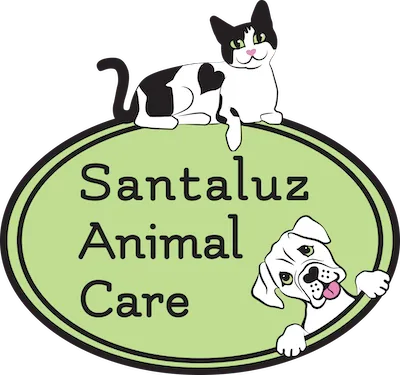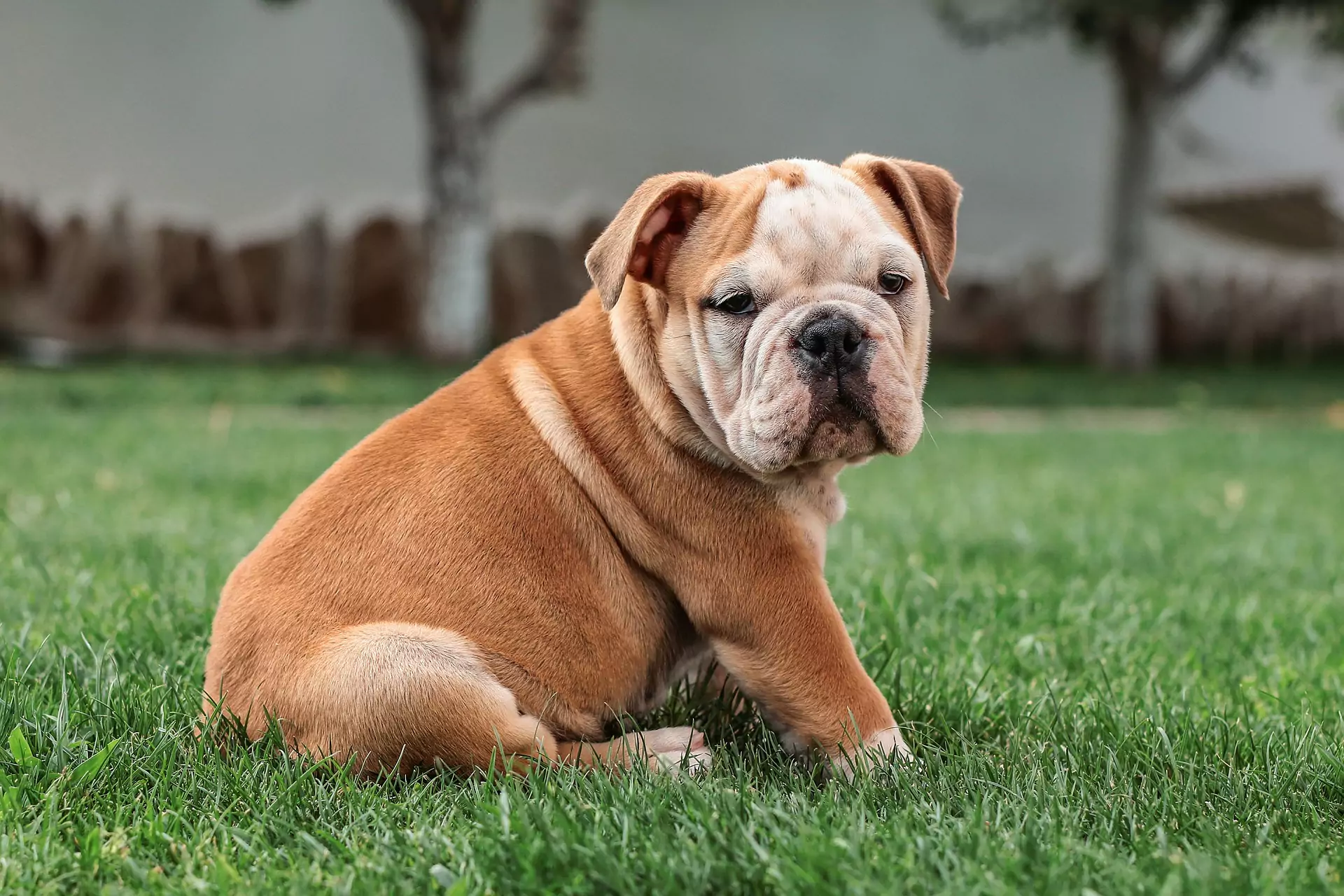March 15th is an exciting day for Fluffy: it’s National Catio Day! Many of our feline patients enjoy having their own catios or cat enclosures. In this article, a Rancho Santa Fe, CA veterinarian shares valuable insights on how to create a comfortable and safe private space for your beloved pet, Fluffy.
What Are Catios?
A catio is a concept that merges the idea of a cat and a patio. The idea is to create a safe space for Fluffy that offers your furball a comfortable area to indulge in her favorite activities: napping, watching birds and squirrels, soaking up the sun, and, of course, supervising you.
Are Cats Fond Of Spending Time In Catios?
Many cats absolutely love them! We are confident that if we could ask our feline patients, their response would be unanimous or quite close to it.
What Would Be A Purrfect Spot For My Catio?
A screened or enclosed porch or patio is purrfect. You can also make use of a sun room, spare room, loft, or even a sunny corner!
What Advantages Does A Catio Offer?
Your cat will benefit from the mental stimulation catios provide. Cats have a natural curiosity: they love observing local wildlife and daydreaming about hunting. That can greatly enhance your furry friend’s mental and emotional well-being.
A catio offers a fantastic blend of indoor and outdoor space for your feline buddy. Fluffy can enjoy the warmth of the sun and watch the birds and squirrels from the safety of your home.
What Are Some Good Items To Include In A Catio?
If it were up to Fluffy, she would probably ask for wraparound cat shelves, kitty walks, cat wheels, and a stocked fishpond. However, there’s no need to go to such lengths. Creating a cozy window seat would be a good idea.
A cat tower is also an excellent choice. Just consider the exposure and impact of wind or rain. You probably don’t want to put a carpet-covered tower where it could get wet in the rain.
Consider placing a bird feeder within Fluffy’s view. Instant live entertainment! Of course, we would recommend this only if your cat stays indoors. Otherwise, you could unknowingly be luring the birds into a hazardous situation!
This is also a great spot for things like ‘swimming’ fish toys, automated laser pointers, and other fun kitty playthings.
If your patio is separate from the rest of the house, consider installing a cat door. That way, Fluffy will have the freedom to access her catio whenever she wants. You can purchase pet doors that can be paired with specific microchips to provide an additional level of security.
What Are The Benefits Of Keeping My Cat Indoors?
Cats have an innate curiosity and enjoy exploring their environment. Fluffy also loves leaving adorable pawprint tracks on freshly washed cars, rolling around in flower beds, and sometimes surprising her humans with unexpected ‘gifts’, usually dead rodents.
Unfortunately, these activities can put a curious little furball at significant risk. Roaming cats face a multitude of serious dangers. These include weather conditions, traffic patterns, wildlife encounters, pests, chemical exposure, and interactions with other cats. There’s also a chance that Fluffy could get stuck in a neighbor’s garage or shed.
Outdoor cats are also more susceptible to parasites, especially if Fluffy enjoys hunting. Furthermore, if your cat is not spayed, your feline pal may also have offspring. Pet overpopulation is a serious animal welfare issue, so fixing your kitty is just the responsible thing to do.
Catios also help protect local wildlife. Cats prey on small animals, and kill them in large numbers every year. Considering the numerous species facing threats and endangerment, keeping your furball indoors really can contribute to the greater good.
What Distinguishes A Catio From A Cat Enclosure?
Cat enclosures take the catio experience to a whole new level. These are usually placed outside the house. Fluffy is kept safe from any potential dangers with a protective barrier, usually made of mesh, chicken wire, screens, or similar materials.
This is a great option for pet owners who have space for a cat enclosure. You don’t have to make any changes to your home to set up an enclosure. Many people choose to install them using windows as access points. This allows Fluffy to come and go at will.
Whether buying or building an enclosure, there are several factors that should be taken into consideration.
- Consider installing something that allows you to control Fluffy’s access. If you’re using a window for Fluffy’s door, you can get a pet door window insert. That way, your furball can come and go when it’s nice. At night or when the weather is bad, you can lock it to keep your furry pal inside.
- You’ll need at least somewhat level ground, and possibly a foundation. You might need to add gravel.
- Who says you can’t enhance a catio? This location is ideal for plants and outdoor rugs!
- It’s crucial to make sure there is shade or covering provided, unless your furball can come and go at will.
- Make sure to keep up with Fluffy’s parasite prevention! A cat enclosure alone may not offer adequate protection against fleas, ticks, or mosquitos. (This applies to all cats, including those that primarily stay indoors.)
- Choose mesh or fencing made from galvanized or vinyl-coated wire.
- If there are snakes or other small predators in your area, take additional measures to keep them from entering your space.
If you have any questions or need more information about cat enclosures, don’t hesitate to reach out to your Rancho Santa Fe, CA veterinarian.
What Are Some Plants That Are Safe To Have In A Catio?
It’s always great to have some greenery in every catio! This makes the spot look nice and inviting. It also gives Fluffy the chance to peek out from behind green leaves, like a real lion would.
Here are some great plant options for you:
Houseplants: Spider plants, Bromeliads, Money Tree plants, Rubber Tree plants, Cast Iron plants, Rattlesnake plants, Prayer plants, and the Calathea Zebra plant are all fine. There are various types of ferns that are considered safe, including the Boston fern, Bird’s Nest fern, and Kimberly Queen fern.
Flowers: If you’re interested in adding a vibrant touch to your space, you might want to consider choosing an African violet. There are also a variety of safe options such as orchids, hibiscuses, roses, and impatiens.
Herbs: If you have a passion for cooking, it could be beneficial to include some culinary herbs in your recipes. All the herbs you mentioned are completely safe and appropriate for use.
Potted Trees: If you’re looking to add some potted trees to your collection, you might want to consider Areca palms, Ponytail palms, and Parlor palms. All of the options are excellent. Please exercise caution when it comes to Sago palms, as they can be toxic to dogs and cats.
For additional information, please feel free to visit the ASPCA website page on this here.
You’ll also need to take a few precautions with how you set up your plants. We recommend placing large and heavy pots on the floor. Avoid putting things on unstable stands to avoid any potential accidents. If your cat tries to chew or play with a dangling leaf, she may accidentally knock it over or pull it down onto herself! This is especially important if you have a curious black cat, as they are often the subject of superstitions. However, black cats make wonderful pets and companions, as you can learn more about in our article “Black Cats“.
Which Plants Are Not Suitable For A Catio?
You’ll also need to know what not to include. Lilies are considered highly toxic to pets and should be avoided. They can be a real danger to our beloved feline companions. Simply consuming the water can lead to serious, and potentially fatal, outcomes.
The list includes a variety of lilies, such as the following:
- Peace lily
- Asiatic lily
- Day lily
- Japanese Show lily
- Rubrum lily
- Tiger lily
- Wood lily
Several hybrids are also unsafe. Although it’s not a true lily, Lily of the Valley is also toxic to cats.
Lilies aren’t the only concern. Several houseplants can be dangerous to pets, including tulips, daffodils, eucalyptus, Devil’s Ivy (also known as pothos), taro vine, golden pothos, oleanders, and philodendrons. If you’re unsure about the safety of something, choose an alternative option.
Why Do We Spoil Feline Companions So Much?
Fluffy definitely knows how to charm us and make us spoil her. What is it about kitties that makes us pamper them? Fluffy’s adorable face? Those adorable meows? Their affectionate cuddles and soothing purrs? There’s something about these adorable little creatures that never fails to make us smile and fill our lives with love and joy. We may never get the answer, but we’re happy to help you spoil your feline overlords.
Our Advice on Catios in 2024
What are the recommended dimensions or square footage for a catio based on the number of cats in the household?
The recommended dimensions for a catio depend on the number of cats and their activity levels. For a single cat, a minimum of 2 feet by 4 feet is suggested, allowing vertical space for climbing and perching. For multiple cats, aim for at least 2 square feet per cat, with ample vertical and horizontal space to prevent territorial disputes. Including shelves, towers, and hiding spots can enhance the environment. Customizing the catio to fit available space while ensuring it is safe, secure, and enriching will benefit all feline inhabitants.
How can cat owners ensure proper ventilation and temperature control in their catio, especially in extreme weather conditions?
To ensure proper ventilation and temperature control in a catio, cat owners should use mesh or wire screens that allow airflow while keeping the space secure. In extreme heat, providing shaded areas, fans, and cooling mats can help keep cats comfortable. For cold weather, incorporating insulated shelters, heated beds, and windbreaks is essential. Using weather-resistant materials and regularly monitoring the temperature can prevent discomfort and health issues. Adding removable panels or covers can offer flexibility to adjust the catio environment according to changing weather conditions. Regular maintenance ensures a safe and comfortable space year-round.
What are some creative ways to incorporate interactive elements or enrichment activities into a catio design to keep cats mentally stimulated?
Incorporating interactive elements and enrichment activities into a catio can keep cats mentally stimulated. Install shelves at varying heights to encourage climbing and jumping. Include scratching posts and cat trees for physical activity. Add bird feeders outside the catio for visual stimulation. Puzzle feeders and treat-dispensing toys can engage a cat’s problem-solving skills. Consider adding a small water feature or “swimming” fish toys for additional entertainment. Automated laser pointers and hanging toys provide dynamic play options. Regularly rotating toys and activities can keep the environment fresh and engaging for your feline companion.
How often should a catio be cleaned and maintained to ensure a hygienic environment for cats?
A catio should be cleaned and maintained weekly to ensure a hygienic environment for cats. Regular tasks include removing waste, cleaning food and water dishes, and wiping down surfaces to prevent buildup of dirt and bacteria. Litter boxes should be scooped daily and fully cleaned weekly. Inspect the catio for any damage or wear and tear, ensuring that all materials remain secure and safe. Monthly deep cleaning, including disinfecting all surfaces and checking for pests, helps maintain overall cleanliness and safety, promoting a healthy space for your feline companions.
Are there any specific considerations for senior cats or cats with mobility issues when designing a catio?
When designing a catio for senior cats or cats with mobility issues, prioritize easy access and safety. Install ramps or gentle slopes instead of stairs to facilitate movement. Ensure that resting areas are low to the ground and easily reachable. Provide soft, supportive bedding to accommodate joint issues. Avoid placing items that require jumping or climbing. Incorporate non-slip surfaces to prevent falls. Ensure that the catio is protected from extreme weather and includes shaded, warm spots for comfort. Regularly monitor and adapt the space to meet the evolving needs of senior or mobility-challenged cats.
Schedule An Appointment With Your Rancho Santa Fe, CA Veterinarian
Are you seeking answers regarding your cat’s health or care? Feel free to reach out to us at your local Rancho Santa Fe, CA animal hospital. We offer a wide range of Veterinary Services to keep your feline friend healthy and happy. We’re here to help!





